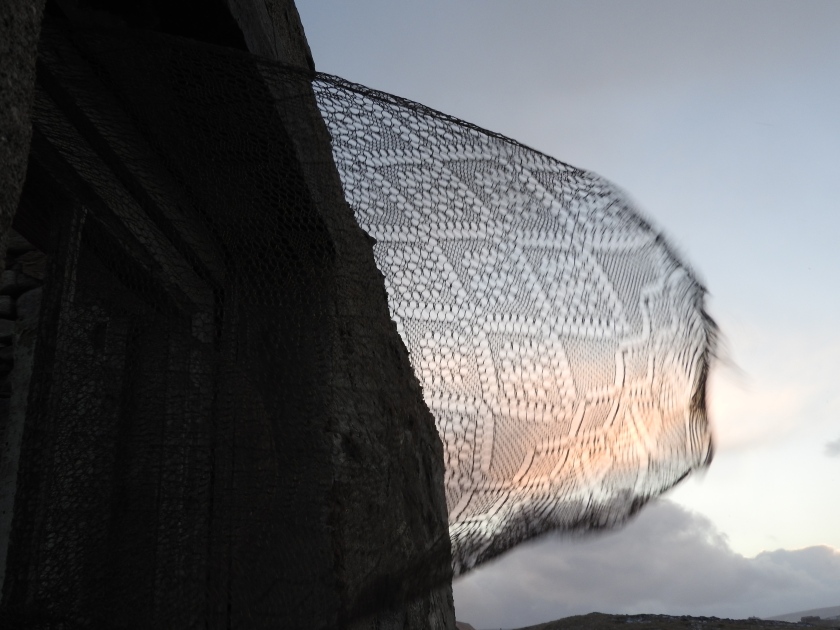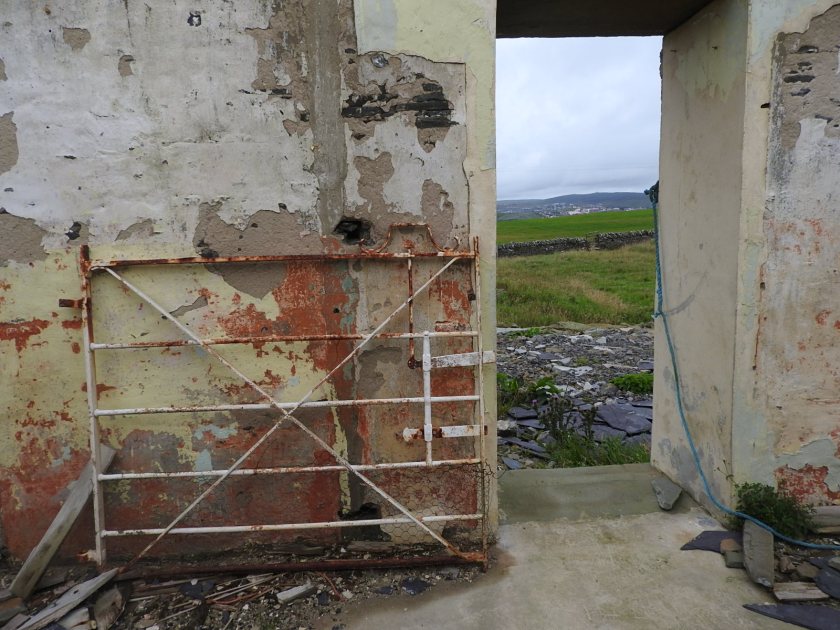Last night was the closing party to Celebrate ‘Making Ways’. I came back from London especially for it. ‘Making Ways’ was an ambitious 3 year programme to support artists in Sheffield.

I stood in a group of people at Sidney and Mathilda last night and felt a deep sense of pride to have been a small part of what has happened here in Sheffield over the last three years, with funding for the arts and Artists developing from it, me included. Most of all, I was proud of Janet Jennings who has tirelessly co-ordinated the project of over hundreds of artist applications, events, workshops, gallery programmes, supporting new staff and studio workspace development. The Cultural Consortium of Sheffield bid for the money and won it, but it was / is Janet who has held it together.
In January 2018, during my MA in Knitting at NTU, I applied for an R&D grant in the 2nd round of Open Calls. It was my first ever application – ever, ever. It was a pure application, heartfelt, possibly a little naïve, but for me – very focused. Out of 98 applications in that Open Call round, I was firstly shortlisted then, one of 7 who were successfully awarded the money for either their project or R&D. I was grateful and earnest but didn’t fully understand what the impact of that grant would mean to me. I met with Janet to talk it over and planned then went to the furthest inhabited island in the UK – Unst – the home of Shetland lace knitting.
My application was called ‘Vod’ – and empty place. Vod is a Shetland word for an abandoned or empty place. I had fallen in love with the many abandoned croft houses that lie across the whole of Shetland.
I aimed to use a concentrated period of 10 days in May 2018 to:
- Travel to and work in Unst Heritage Centre to research primary lace knitting and to record stories from the women who still create fine lace and of their ancestors.
- Find derelict crofts on the island of Unst, research and record the oral histories of these abandoned homes. (which I have started to do)
- Make site specific work using photography as a platform develop a relationship between Contemporary Art, the stories of women knitters in Unst, the crofts, dialect and the elemental landscape.
- to experiment with a one-off pop-up summer installation in a found derelict place on Shetland (agreed by the land owner) to develop audiences for photographic contemporary art which tells a story.
I already had one amazing contact on the small island of Unst (Rhoda) and over the previous two years had built up relationships with many knitters on mainland Shetland.

This was an ambitious aim in 10 days. I embarked on the 9 hour train journey to Aberdeen from Sheffield, the 12 hour overnight ferry to Lerwick, the 2 local buses and 2 interconnecting island ferries to get me to the northern tip of Unst. 36 hours after setting off, I arrived. I’d done my ‘ethics’ training at NTU, I’d brought my books and recording equipment, cameras, laser cuts and power shima knitted lace entirely inspired by Shetland, its heritage and culture- I was ready.
I was a fresh, naïve 54 year old from a city who had spent many weeks on Shetland with women who enjoy talking of their knitting heritage and knew my stuff, but Unst is a different land.
The thing I mainly learned is that even if you are trusted by one person in a small community, on a tiny island (some of whom have never left the island in their lives) it is not an instant green light access to connect with everyone. I was taken in by a wonderful woman who was chair at Unst Heritage Site – Rhoda, who took me places and talked of her ancestors who knitted to subsidise the income of the family. I have beautiful recordings of her talking of her mother and aunt. I spoke to other women but none wanted to share information, saw fine lace knitting, I found abandoned croft houses that I fell in love with and recorded their soundscapes, I watched the sea, learned of the press gang stealing Shetland boys. I saw, heard and felt so many amazing things that it was the changing of me in a long chain of change.
The main thing on the Island of Unst that I quickly learned and reflected on was that some lace knitters do not like to share what they knit or make in case you steal the pattern or idea and make it your own. This was definitely not my aim but it dawned on me after a few days and there was nothing that I could do that could change that in my 8 day stay. Over months, I would have fully engaged, been part of the community and eventually been trusted and accepted. The major deeply moving light-bulb moment came when I understood that not many would talk to me about the past and the history of knitting because then the words would be out and I would have heard and possibly, they would no longer be theirs. This learning was something that ‘ethics’ training cannot teach. You learn it by being in it.
In Unst, I wrote to Janet part way through the night in late May and remember writing – ‘who owns words once they are spoken’. This is the main thing I learned at that time but since the R&D trip. But it is not the main thing that I felt and saw. I know that you earn the voices that you hear spoken and that those words are not yours. Since the R&D, I have gathered confidence, learned a new language, and found an honest understanding of my creative practice and built an aim to go further.
After graduating, I applied for and was lucky to be accepted on the AA2A Artist In Residence scheme at Sheffield Institute of Arts. This one year residency has built on my skills and technique and given me the absolute freedom to make work in that amazing building but I would not have applied for the AA2A had I not had the leg-up from the Making Ways R&D grant in 2018.
Last night I felt proud of Janet, of Sheffield, of Art and Sheffield, even a little proud of myself because I haven’t finished yet. There’s still so much to learn and research and find out and make. I’m always just at the beginning of something new but there is so much more.
These few words are written in gratitude to Janet Jennings and ‘Making Ways’ Sheffield.
































